| |
VACUUM GAUGE READINGS AND INTERPRETATIONS
A scanner may or may not provide an engine Vacuum PID (Parameter Identification) in the data stream. If a basic engine fault or failure exists, the data the PCM/ECU sends to your scanner can be in fact correct for the current engine run condition, set no or incorrect DTC's or substitute sensor values.
All to often, a simple vacuum gauge hook up is all that is needed to both identify or confirm a particular diagnostic. Remember the K.I.S.S rule - Keep It Simple Stupid.
note : The vacuum gauge readings are measured in inches of mercury at sea level. In all 4-cylinder engines, a slight fluctuation will always
be noticeable.
This can be overcome by pinching the gauge hose slightly to enable a steadier reading.
You may have to use your browser refresh button to download the gauge animations fully.
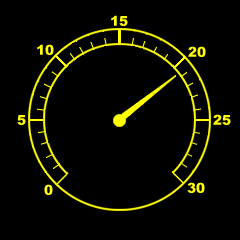 |
NORMAL MOTOR: steady reading of 17-21 when motor idling. |
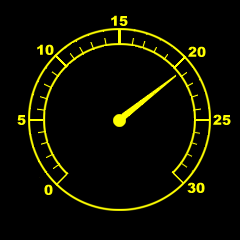 |
NORMAL MOTOR: when throttle is opened and closed rapidly needle falls to 2 and swings back to 24 or 25, falling back to normal idle reading.Indicates rings and valves ok |
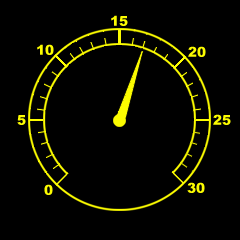 |
POOR RINGS: motor idling, hand reading steadily, but 2-4 points lower than normal.This may also indicate poor or contaminated engine oil. |
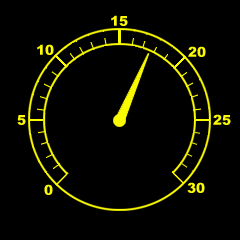 |
POOR RINGS/POOR OIL: when throttle is opened and closed rapidly needle falls to 0 and rises to only 24 or less. |
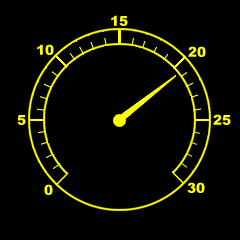 |
STICKING VALVE: needle drops occasionally about 4 points at idle speed. |
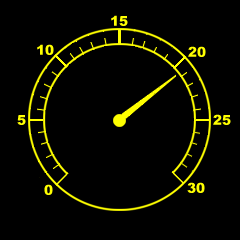 |
BURNT VALVE: needle drops regularly by several points at idle speed. |
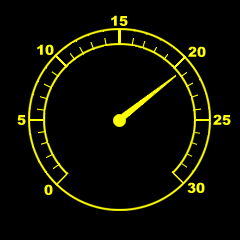 |
LEAKY VALVE: needle drops 2-4 points when valve should close. short circuiting individual spark plugs will indicate cylinder in which the valve is defective, when engine idling. |
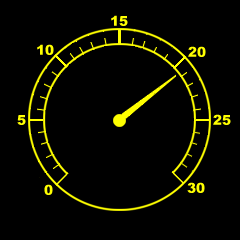 |
WORN VALVE GUIDES: rapid fluctuation of needle between 17 and 21, when engine idling. |

|